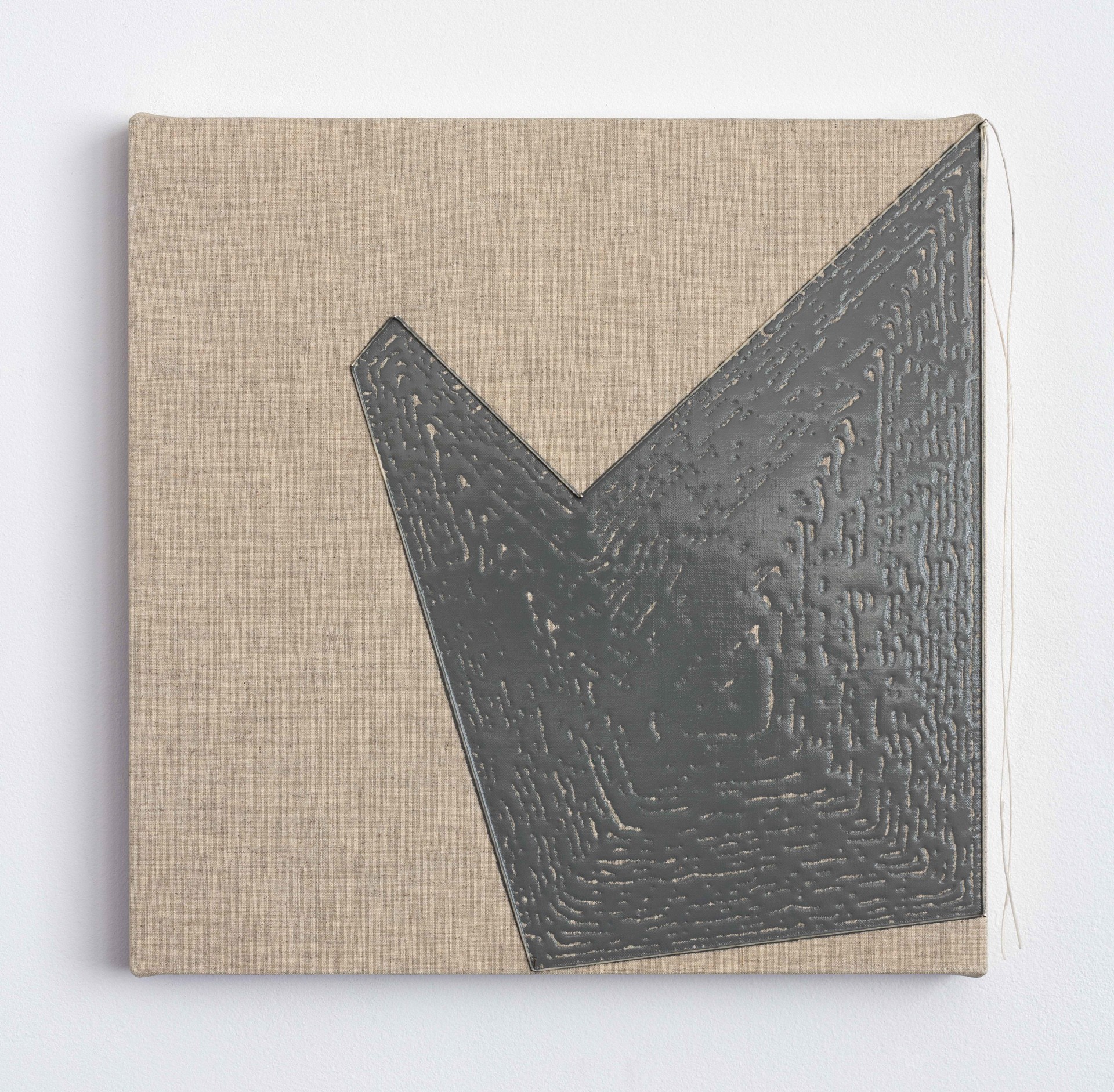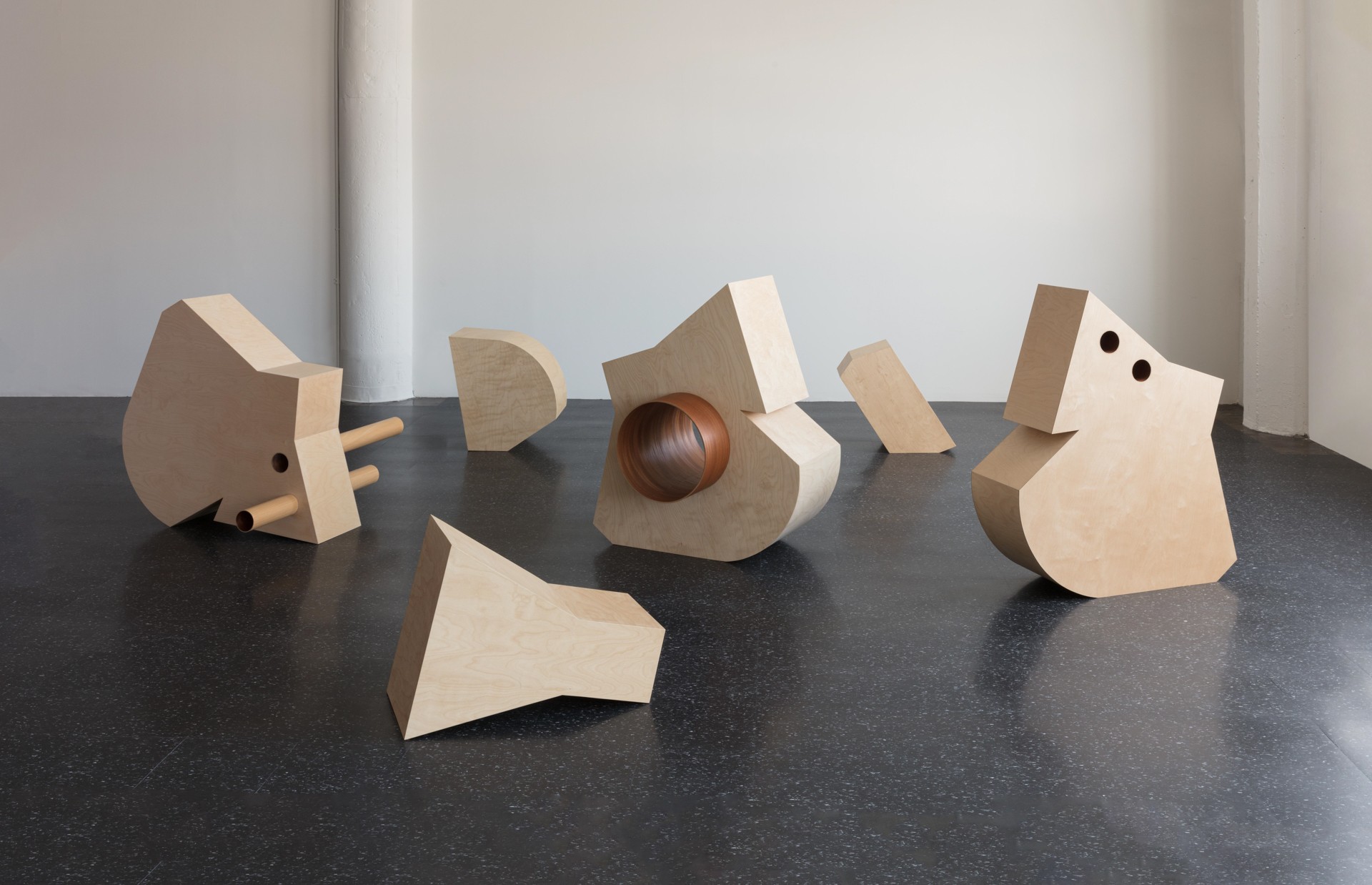

Today we’d like to introduce you to Margaret-Anne Smith.
Hi Margaret-Anne, thanks for joining us today. We’d love for you to start by introducing yourself.
There is never a time I don’t remember loving art. I was born in Bloemfontein, South Africa, and, as luck would have it, baptized by an artist, Father Frans Claerhout in Thaba ‘Nchu, a small farming community in the middle of the Orange Free State. It always amused me that J.R.R. Tolkien, the author of The Hobbit, was born in the same town that I was. As a child, instead of receiving flowers when I was sick, I’d receive books about Van Gogh, Toulouse-Lautrec, and Degas to keep me company. It was not long after that I started dabbling in painting, using thick oil paint similar to what I had seen in Van Gogh’s distinctive and to me, magical paintings.
Following high school and unsure of my path, I first studied interior design before going to film school, which led to a career in film editing for 12 years. Throughout this time, there was always an easel wherever I lived and I continued to paint whenever I could. After moving to Los Angeles, my interest in film editing waned and I rented my first art studio in an old office building on Hollywood Blvd. It was a big, exciting step, and it is where I put down my roots as an artist.
I immersed myself in my art and studied with Corey D’Augustine, whose knowledge and passion awakened in me a deeper curiosity of art history and theory. Later, I studied with the wonderful artist and teacher Tom Wudl in downtown Los Angeles. He encouraged me to embrace conceptual art and guided me along a completely unexpected path to develop into the artist I have become today.
We all face challenges, but looking back would you describe it as a relatively smooth road?
The challenge for me as an artist has always been getting out of my own way and reminding myself that entering uncharted territory is uncomfortable yet essential.
I had always considered myself an abstract expressionist, with a strong desire to convey my passion in paint or translate a poet’s work into something intangible that elicited an emotional response. This was an essential part of my journey, and I produced some of my first experiments with different materials, including pushing oil paint to its limits. Eventually, I decided I wanted to seek a direction that was even more personally engaging, challenging, and conceptually rigorous.
As I continued to study art history and became interested in artists like Sol LeWitt, Ellsworth Kelly, Agnes Martin, and Sarah Oppenheimer, I realized that no matter what I did – drawing pencil lines with a ruler or constructing boxes from plywood – they were my lines and constructions and it was impossible to separate myself and my emotions from what I created.
The more structured and deliberate my work has become, the more freedom it has opened up for me. I am able to dive into the most minute of details or repeat myself hundreds of times until I am satisfied with the result. This kind of work now feeds me in endless and unexpectedly gratifying ways.
Appreciate you sharing that. What else should we know about what you do?
As a visual artist, I am interested in translating geometric and abstract shapes from two to three dimensions and back again. What is important to me is understanding the materiality of the shapes I work with, and I often experiment with a wide variety of industrial and art materials to find what will facilitate my ideas. The work I am currently doing originated with a few ink sketches and an abstract black and white collage, Collage I, that I made ten years ago. From the shapes in this collage, I made my first three-dimensional piece, utilizing the paper-like qualities of cherry wood veneer.
These shapes have been an endless source of creativity, and I recently completed a nine-foot-tall sculpture, Second Shape, made from Baltic birch micro-plywood. I chose the birch because of its lightness and strength, and also its clean, precise qualities made it possible for me to build and integrate the individual shapes into this much larger piece.
For the painting technique I most frequently use, I’ve chosen the gleam and viscosity of boat paint. I start with a fishing line or string to incisively delineate the outline of a shape onto a canvas. The string line, anchored with pins or nails, acts as a dam into which I release the paint, usually with a dropper. The paint is held well in place by the string line, yet also seeps out or overflows in places, allowing the initial sense of control to be gently shattered.
I rely on photography as a tool to document and bring together the different elements of my work – three-dimensional plywood pieces, paintings, and stones. Several years ago I bought a piece of Santa Fe Travertine from Art City Studios in Ventura. I set about studying this rock by taking photographs of it from all sides. On the photographic prints, I used my painting technique to explore the details and shapes of the rock, with its beautiful orange, pink, black, and white sedimentary layers.
The sequential nature of my process allows the forms and shapes I work with to become increasingly clear to me. Each step along the way informs what follows and each component becomes part of the work itself. The combination of the conceptual and the visceral is what guides me to express myself without inhibition.
What makes you happy?
So many things make me happy, my husband, my friends, walks with my dog, Delilah. I enjoy doing yoga and traveling to new places, such as the dunes of Namibia and the glaciers of Patagonia. Recently, I was thinking about one of the art books I received as a teenager, A History of Modern Art by H.H. Arnason. In it is a photo of Le Corbusier’s Ronchamp Chapel that delights me to this day. The building has a simplicity of form and boldness of shape that encapsulates the conceptual and aesthetic way I approach my work, and brings me pure, undiluted joy!
Contact Info:
- Website: margaretannesmith.work


![]()






 Image Credits
Image Credits
1. Margaret-Anne Smith, Studio Shot, Photographed by Monica Leal Cueva. 2. Margaret-Anne Smith, “Collage I,” 2013, Ink, paper, masking tape and Duralar on oil board, 25″ x 27″ Photographed by Van Urfalian. 3. Margaret-Anne, “First Shape,” 2014, Gouache and Cherry Veneer, 12″ x 14″ x 3″ Photographed by Van Urfalian. 4. Margaret-Anne Smith, “Clear Mylar Cutout on Yellow Wall,” 2014, Flashe and Acrylic on Mylar on Lime Wash, 118″ x 165″ Photographed by Van Urfalian. 5. Margaret-Anne Smith, “First Shape ELEMENT V Right Aligned,” 2022, Alkyd, nails, graphite and linen thread on linen, 48″ x 48″ x 1″ Photographed by Don Lewis. 6. Margaret-Anne Smith, “140% Sculpture II.II Marble Divided 2nd Way,” 2019, Alkyd, pins, fishing line, graphite, and tape on inkjet print on PVC, 25″ x 21″ x 1″ Photograph by Don Lewis. 7. Margaret-Anne Smith, Detail, “First Shape ELEMENT II Right Aligned Order #11″, 2022, Alkyd, pins, graphite, and waxed cotton on linen, 11.75″ x 11.75″ x 1” Photographed by Don Lewis. 8. Margaret-Anne Smith, “Second Shape Group of All ELEMENT II’s,” 2023, Inkjet Print, 5.5″ x 6.75″. 9. Margaret-Anne Smith, “Second Shape VIII + IX + XV Reconstituted with 1 Large Hole – Extrusion,” 2019, Micro-plywood, 44″ x 39″ x 24″ Photographed by Don Lewis. 10. Margaret-Anne Smith, Studio Photo, Work leading up to “Second Shape,” 2020 Photographed by Don Lewis. 11. Margaret-Anne Smith, Studio Photo, “Second Shape,” 2023, Micro-plywood and stones, 100′ x 142′ x 115″ Photograph by MA Smith.














